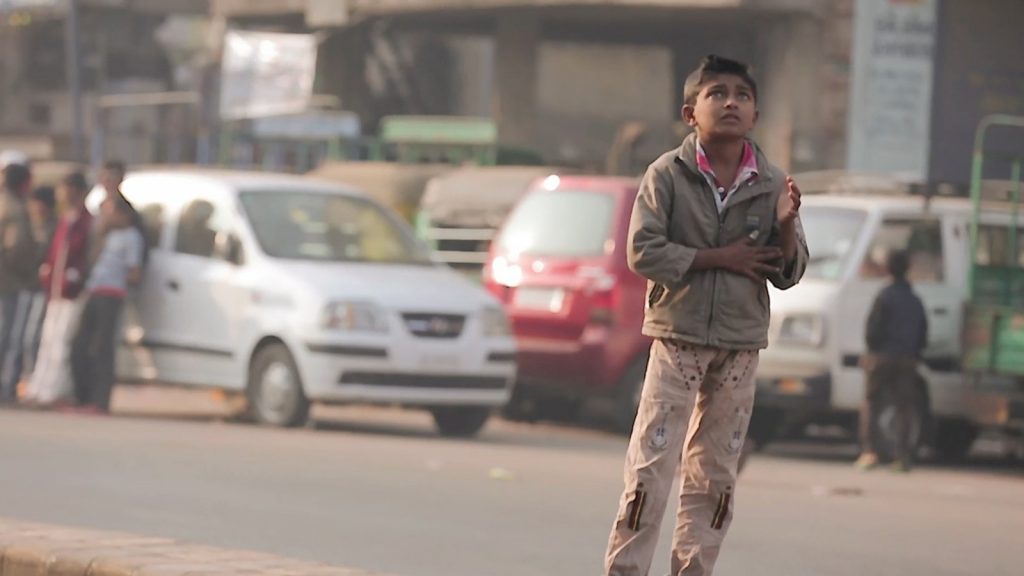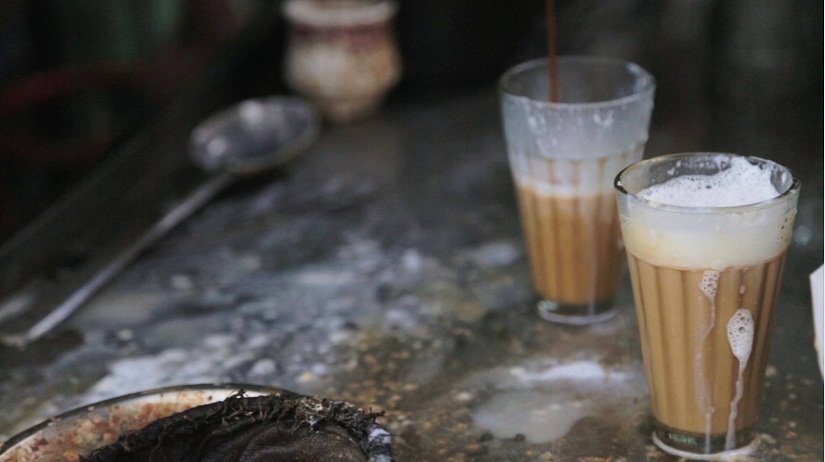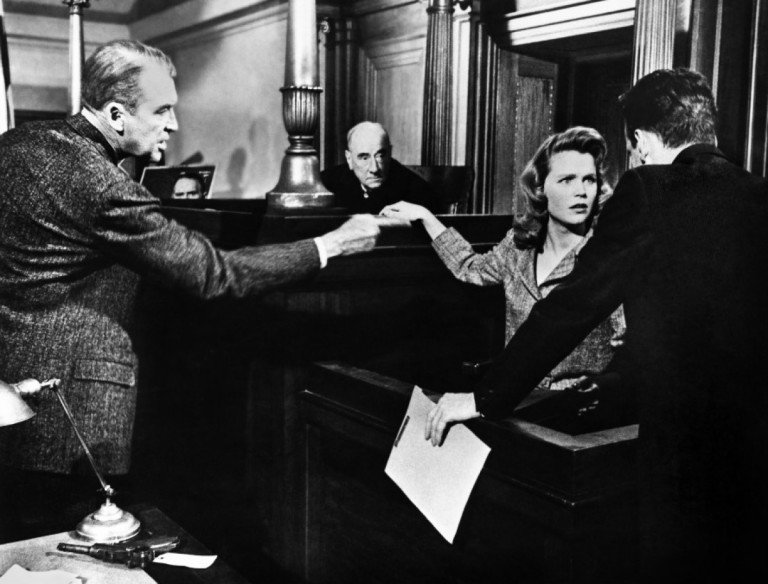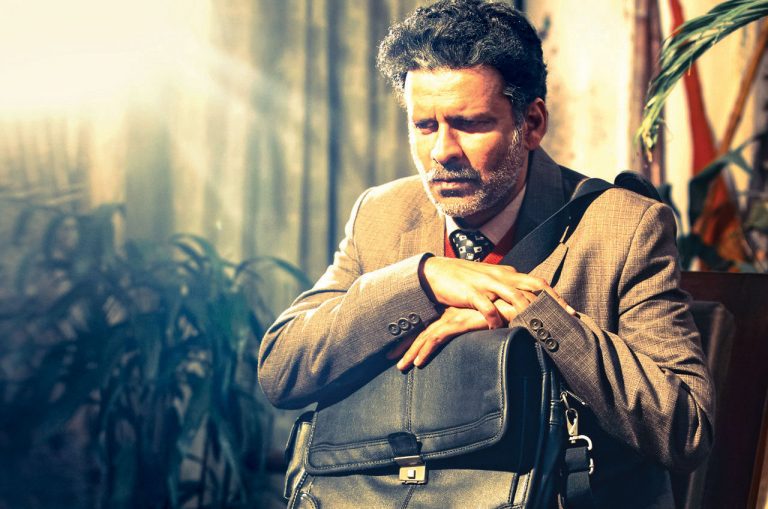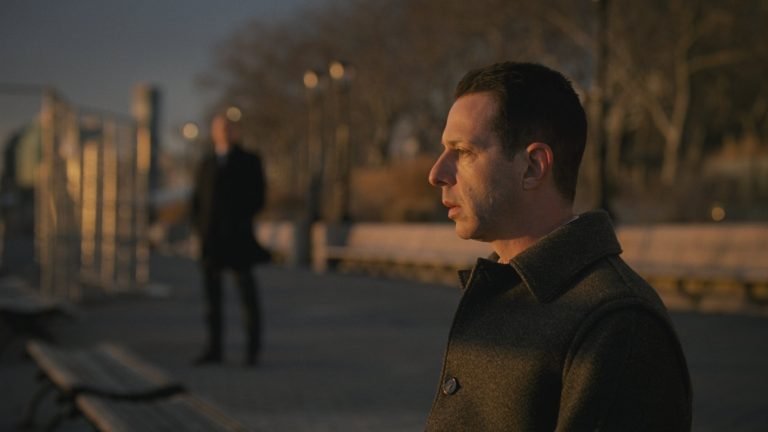The medium of documentary filmmaking has been used as a narrative tool to explore different forms, styles, and subjects within the domain of non-fiction storytelling. Some filmmakers have utilized it to convey politically engaging and socially concerned issues, whereas others have dealt with relevant and personal subjects that are not necessarily engaged in conflicting matters about core values or discursive forms and have explored topics that document the cultural, historical reconstruction, anthropological, ethnographic, family welfare, educational, motivational, and other components of our society. Indian documentaries have often followed a conventional norm in order to tell a story.
The filmmakers on this list have defied the idea of constructing a film in a cinema verite style and ended up making films that are also deeply touching, vastly affecting, emotionally stirring, intellectually stimulating, and moving. And in return, the viewers are assured of a memorable viewing experience.
Here are 10 Indian documentaries made during the decade 2010, which, according to my memory and judgment, are intelligent, unconventional, and delightful.
1. Qissa-e-Parsi (2014)
The metropolitan city of Mumbai has been a valuable source to unearth as well as narrate the rich cultural history and behavioral traits of the Parsi community in the country. This compact group of individuals has made a significant contribution to the economic growth of not only the city but to the nation as a whole. Whether it is in the field of business, science, arts, music, or theatre, the influence of the community can hardly be overlooked.
Similar to Indian Documentaries: 20 Must-See Documentaries of 2016
Trained at the School of Media and Cultural Studies (TISS), director Divya Coswaji and Shilpi Gulati’s documentary film aimed at understanding the community that has been culturally and socially localized but yet nonetheless a crucial component of Indian society. After graduating, Divya and Shilpi first made the documentary Dere tun Dilli (2012) based on the oral narratives of the Derawal community- Partition refugees from the Northwest Frontier Province in Pakistan settled in Delhi. This was an extension of their master’s research dissertation.
Their second film was Qissa-e-Parsi (2014), based on Divya’s exploration of the Parsi community and the politics of gendered exclusion. ‘Through these two projects, we were trying to historically locate the communities we came from as well as bring in an insider-outsider perspective to ethnographic filmmaking,’ says Shilpi. Produced by the Public Service Broadcasting Trust (PSBT), the film won the National Film Award for Best Anthropological/Ethnographic Film for the year 2014.
2. Amdavad Ma Famous (2015)
Hardik Mehta is a graduate of AJK Mass Communication Research Centre, Jamia Millia Islamia, whose twenty-nine-minute documentary film is a lyrical tribute to the city where he grew up. The young filmmaker has approached the subject with a humorous and nostalgic approach. It narrates the tale of an 11-year-old Muslim boy, Zaid, who resides in the city of Ahmedabad and has great enthusiasm for flying kites. As the events unfold, Zaid encounters a hindrance that prevents him from flying kites on the terrace.
Thus begins the struggle for the terrace on the day of the biggest kite-flying festival in India, Makar Sankranti, the spiritual Hindu festival of kite-flying. With a riveting touch of bright lights, beautifully captured by the cinematographer Piyush Puty, the narrative explores the obsession and the hypnotic state-like habits related to the game of flying kites. The film received the National Film Award for Best Non-Feature Film at the 63rd National Film Awards for 2015. The film is streaming on Netflix.
3. Steeped and Stirred (2015)
What started as a British attempt to break the Chinese monopoly in the tea trade ended up being one of the most defining moments in the food history of the Indian subcontinent. Today, India is one of the largest producers of tea in the world, yet about 70 percent of its produce is consumed within the country. Indeed, tea is one of India’s favorite beverages, rivaled only by the equally flavorful coffee.
But has anyone ever thought of making a documentary that traces the history and the daily importance role of tea within Indian culture before the TISS-trained Shweta Ghosh came up with her fifty-two-minute-long documentary film? The film was not a self-funded project but has been commissioned by the PSBT, so her conviction regarding the subject matter should be praised. In the words of the filmmaker, ‘My combination of academic and film work in the realm of cuisine and culture stands testimony to my interest and expertise on food-related themes.
Also Read: The 20 best Indian movies of 2019
My constant engagement with food stems from a personal passion for it, from process to product. Any idea looked at through the lens of food evokes great passion and a sense of intellectual satisfaction. I have closely followed the slow food movement in India and find the connections between food, geography, social context, and ecology particularly interesting.
In a country with a food heritage as rich as India, cuisine must be considered for theoretical and creative engagement. I possess a keen theoretical understanding of cuisine, a well-rounded perspective on diversity and marginalization, and a strong technical skillset for documentary filmmaking. The film had its world premiere at the PSBT Open Frame Film Festival, New Delhi, in 2016.
4. Matitali Kusti (2016)
The ten-minute black-and-white documentary is narrated from the point of view of coach and former wrestler Bhagwan Tambekar and reflects the struggle of the modern-day traditional pehalwan against Freestyle wrestling in their struggle to keep this ancient martial art form alive. ‘I enjoy telling stories to the people around me. The medium doesn’t matter; it could be the brush in my hand or the camera.
I think I have a lot to learn about this medium. I still have a long way to go towards it. I want to keep trying my hands on various aspects of storytelling and wish to explore and experiment more with the medium’, says the filmmaker Prantik Vivek Deshmukh. The film won the Jio Filmfare Short Award in the Non-Fiction category in 2017, as well as the National Film Award for Best Exploration / Adventure Film.
5. The Unreserved (2017)
Another unique subject for a documentary examines the lives of passengers who use ‘the Unreserved Compartment,’ the cheapest way to travel across India on the Indian Railways system. Produced by Ashay Gangwar and Harshit Saran and directed by Samarth Mahajan, the film also portrays the passengers’ aspirations, efforts, and opinions through conversations and personal stories. Sharing his experience of editing the film, Anadi Athaley says, ‘Editing the documentary was one of the most natural edits I have done to date.
The rushes featured a huge range of people who’d open up to the director very intimately. This touched me deeply, and during the edit, we formed visceral bonds with their stories, which enabled us to try and represent them with as much love and dignity as possible. Right from the beginning, we decided to try and keep the aesthetic of the film as close to the experience of traveling in an Unreserved compartment as possible, and we decided to keep the stories of all the people a little incomplete.
There is a guy in the film who is from Kashmir, and what he speaks is very chilling and true. However, we had to find a way to ensure that his context wouldn’t be misunderstood. This was a difficult task. To date, this remains a film close to my heart. Despite all its faults, I feel connected to it. The film won the National Film Award in the Non-Fiction section for Best Audiography (Location Sound Recordist) for the year 2017.
6. Tungrus (2018)
Yet another creative subject for a documentary where a hell-raising pet rooster creates a difficult situation for the Bharde family residing in a cramped location in the maximum city. Debuting with his short documentary, Rishi Chandna narrates a peculiar and unique story that brings up the concern of why we need to tame our pet animals and our subsequent correlation with them.
According to the director’s statement, ‘Tungrus is essentially a human story because each character in the film must probe the nature of affection, of loyalty, and even the ethics of eating another creature. And because we use animals as a reflection of human conscience, Tungrus is also an ironic testimony to human folly, and is meant to give the viewer food for thought (pun intended)’. The film has participated in 115 film festivals across 32 countries, won 17 awards so far & now qualified for the Oscars 2020 in the Short Documentary Category.
7. The Soccer City (2018)
The 20-minute-long documentary by Sachin Balasaheb Suryawanshi, which won the Filmfare Award for the best movie (non-fiction) in the Shorts category this year, narrates the story of how a game played barefoot in the pockets of Kolhapur a century back draws more than 25,000 spectators for its local games. The passion for football here once extended beyond the ground and guarded the unity of the people of this city. Be it playing with Polish refugees after World War 2 or challenging British troops for a game in 1936, the residents of Kolhapur always had a hunger for football.
Also Read: The Reincarnation of Indian Cinema
The filmmaker holds the belief that his film is an ode to the unsung history of Kolhapur’s football, with the hope that if revered at a national level, it will do wonders for the social harmony and integration of the country as it once did for the city. He is even happy to reveal that after winning the prestigious Filmfare Award, people in India and abroad are taking the football matches that are being played in Kolhapur, a fact that has served his purpose behind making the film.
8. Aunty Sudha Aunty Radha (2019)
A non-fiction film constructed around the quotidian routine between a nonagenarian and an octogenarian and interspersed with conversations as a tool for exposition had every chance of being tempered with mundanity. But under the narrative finesse of prominent filmmaker Tanuja Chandra, the documentary Aunty Sudha Aunty Radha turns out to be a study of symbiotic relationships woven around the everyday chores and activities of the two protagonists that shape the framework of the forty-eight-minute-long film.
The cinematographic construct of the film captures the milieu of the film quite aesthetically. Eeshit Narain, the cinematographer for the film, expresses: ‘I personally feel the approach to any documentary develops and evolves each day on location as you go about living with and spending time with your subjects.’ For the first two days, Eeshit and the team had spent time soaking into the place, familiarising themselves with everyone there, and getting to understand how the light was moving through the day, within and outside the house.
Even the basic approach to the design of sound for the documentary was to create a space where the two women live, which is the village. The expanse of the locality is totally immersed in the natural sound of birds, domestic animals, and cricket, which gives a sense of serenity and tranquillity. ‘The plan was not to make it heavy with sound effects but to design it not only subtly but also in an elemental way,’ says Pritam Das, the sound designer for the documentary.
9. Lovely Villa (2019)
With the tagline ‘Architecture as Autobiography, ’ Rohan Shivkumar’s documentary emerged out of an interest in examining the relationship between architecture and identity, trying to think about how the spaces that we inhabit affect the value systems through which we construct ourselves comprehend the world and our place in it. ‘Lovely Villa’ is the name of the apartment building where the filmmaker grew up as he studied to become an architect. It is in LIC colony, Borivali, in suburban Mumbai, designed by Charles Correa in the early 1970s.
In many ways, it represents an image of the ideal community for a modern India in the design of its spaces and built form. The film explores the architecture of the colony through a personal narrative using found materials, like old photographs and drawings, and stories that range from family histories and other narratives — both semi-fictional and documentary.
In the words of the director, ‘The film was imagined as a kaleidoscopic portrait of the colony. There are four kinds of gazes in the film, each with its own distinctive voice. The first is the detached voice that speaks of large conceptual ideas. It sees the community through large arcs of history and the philosophical imagination of the nation and home. The second is the one that describes the physical form of the colony. This includes descriptions of the organization of the spaces and the architectural details.
The third point of view is a personal point of view. These are the stories of incidents and narrations of everyday life—a personal voice, sometimes ironic and often nostalgic. The fourth point of view is fragmented and disturbed. It emerges from poetic trauma and anxiety and veers between raw expression and detached self-analysis. This is the voice that is about coming to terms with death and its inevitability as an inescapable fact for change.
10. The Flowers and The Gemstones (2019)
The 25-minute documentary film in Tamil, produced by Films Division, is about a family in Thovalai village (Kanyakumari) that has been weaving an exquisite flower garland since the Travancore dynasty times. Every morning, a garland from this family crosses the Tamil Nadu border to reach Kerala. The journey made by the flowers from its shrubs to the craftsman via the sellers and finally to the temples presents a rich cultural tradition that is passed from one generation to the other. The film is a poetic depiction of the unique craftsmanship in garland making and explores the landscape, its vegetation, and the mythological significance with keen precision.
Regarding the genesis of the documentary, the filmmaker Sriram Raja narrates, ‘Kanyakumari is where I grew up. Once a part of the Travancore dynasty, Kanyakumari fell into Tamil Nadu when the state borders were marked. In my growing years, I have always observed the hybrid character the place had, like any border town. Spiritually, it belongs to both Kerala and Tamil Nadu. I personally have a similar identity, born to Malayali parents who settled in Tamil Nadu. Even after the Travancore reign ended, some practices continued, just like how they used to be under the king. One of them is ‘Manikkamalai,’ a garland that is made for the palace temple in Thiruvananthapuram.
After completing my course in FTII, I wanted to go back to the place where I grew up and make a film on one of the many interesting things I knew about the place. While researching, I met Muthumperumal, a garland artisan who lives with his family in a small village in Kanyakumari. The family was given the duty by the then Travancore king to make a unique style of garland, every day for the temple. The family has been weaving the garland ever since. Every morning, a garland is made in Tamil Nadu and sent to the temple in Kerala, crossing the state border. It is the sixth generation in the family of garland artisans. The king named this unique style of garland ‘Manikkamalai’ (the ruby garland) as it reminded him of rubies.
Also Read: Sange Meel Se Mulaqat (1989) – An Enchanting Documentary on Ustad Bismillah Khan
What attracted me as much as the garland technique were the stories that were woven around it. While something like a garland is a tangible heritage, the myth, the legend, and the history shared through oral tradition is an intangible heritage. The film is an effort to weave together the technique of making the garland and the stories around it. The film has won the Special Jury Mention Award under the Competitive Documentary section at the IndicFilmUtsav (2020), a Global Online Film Festival.


